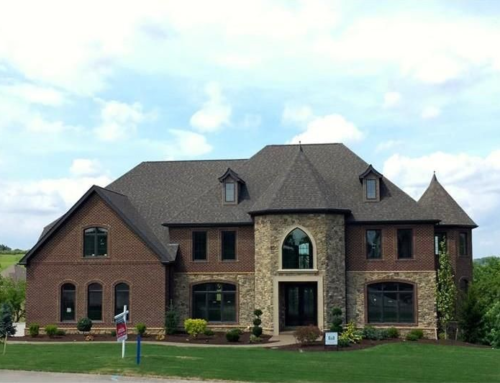Are you looking for funding to kick off your new construction project? Well, this article is entirely for you.
There are so many ways to fund construction, so it can be quite hard to determine which is best for you. For the sake of simplicity, we will try to make the choice easier for you.
In this article, we will cover the most common and appropriate types of loans and funding opportunities that you can make use of.
If you want to get to construction asap, keep reading to learn more.
The Primary Construction Project Costs
When planning your construction project and looking for loans, you will need to account for the primary project costs. Without this information, there is very little chance of securing an actual loan.
Hard Costs
The first category covers the materials. As well as the actual labor pertinent to the construction project.
Land Costs
The second category refers to the acquisition of property and land. In some cases, land costs are grouped under soft costs.
Soft Costs
All of the costs that you don’t see are from the third category. Such as taxes, insurance, permitting, engineering, architectural design, construction bonding, inspections, testing, developer fees, appraisal, legal fees, interest.
Contingency Reserves
These are the guidelines:
- You have to keep a reserve fund active to keep the project solvent and make interest payments.
- Lenders might require you to keep a reserve level of a certain percentage from the soft costs. Typically 5%.
When planning a project, consider all of these costs. If you are unable to account for them, it will be hard to fund, not to mention complete your project.
Sources of Private Funding
For the majority of construction projects, sources of private funding usually have the best options. Let’s take a look at the most common types of loans and funds.
Bank Loan
Bank loans are the most common source of construction funding. They are quite attractive because a local bank can properly evaluate the region of the project. These loans are used for projects that are less than $5 million.
However, local bank loans might sustain greater projects. In an instance such as that, you will work with a lender, who will lead the financing and raise the funds from partnering banks.
CLB
A construction lending bank specializes in construction projects. They specialized in possessing greater knowledge of the industry, as well as serve as potent advisors.
However, they will often charge more than a typical bank, both in fees and interest.
Lending Exchange
A lending exchange, such as a C-Loan is a driving format of placing your project before the eyes of many lenders. You provide the entities with information, and then they determine the most competent commercial lenders to meet your needs.
Lending exchanges provide a great opportunity to lenders who want to fulfill a certain portfolio, meaning you get to find lenders who are a perfect match for your project.
SBA Loan
The small business association offers a 504 loan program to for-profit entities that occupy their properties. It’s available to mid and small-sized businesses that need a loan of up to $20 million.
The loan allows for the security of capital, overhead control, tax deduction optimization. You only need 10% percent down and can use the land as equity. The loan comes with long-term amortization, however, you can only lease up to 40% of the new space, and up to 49% of an upgraded building.
TIF
Vacant, run-down areas and properties reduce the overall values of property in the region. Communities can aim to raise these values, thus generating sales tax revenue by the method of strategic investments.
One of the ways to do this is via Tax Increment Financing. TIF is available in 49 states and has been in use since the 1950s. Through these programs, an owner pays the up-front costs, but as the property value of the project and surrounding area increases, the increases in tax value are paid out to the owner.
Each year for a set term, you will receive an increment payment. The more you raise the value, the more you get.
HTC
Another program is the Federal Historic Preservation Tax Credit Program. In this program, the owner is reimbursed for most of the cost over time via tax incentives. The program encourages the renewal of historical landmarks and buildings.
Thus, a requirement is that your project is of historical nature, passing the rigorous application form.
IRB
An industrial revenue bond is issued by the government to finance the construction or acquisition of manufacturing equipment/facilities. The interest is tax-exempt. The payback schedules are long-term, unlike a traditional private bank.
Any IRB cannot exceed $10 million, and you cannot use it for a project that has a value exceeding $20 million.
SPEC Loans
A SPEC construction loan is an interim loan and not a permanent type of financing. This is because the exit ideology is to sell the property.
SPEC stands for speculating, meaning the builder/investor is speculating that they will be able to sell the property at profit. This type of loan can be issued by private lenders, banks, and other entities.
Loans for You
Now that you know how you can finance your construction project, you are well on your way to ensure that you get the best possible financing. As long as you consider your options and research the ones you like the most, there is no reason that you won’t find something that suits your needs.
If you’re interested in a SPEC loan from us, get in touch and we will happily accommodate your needs.






Stay In Touch